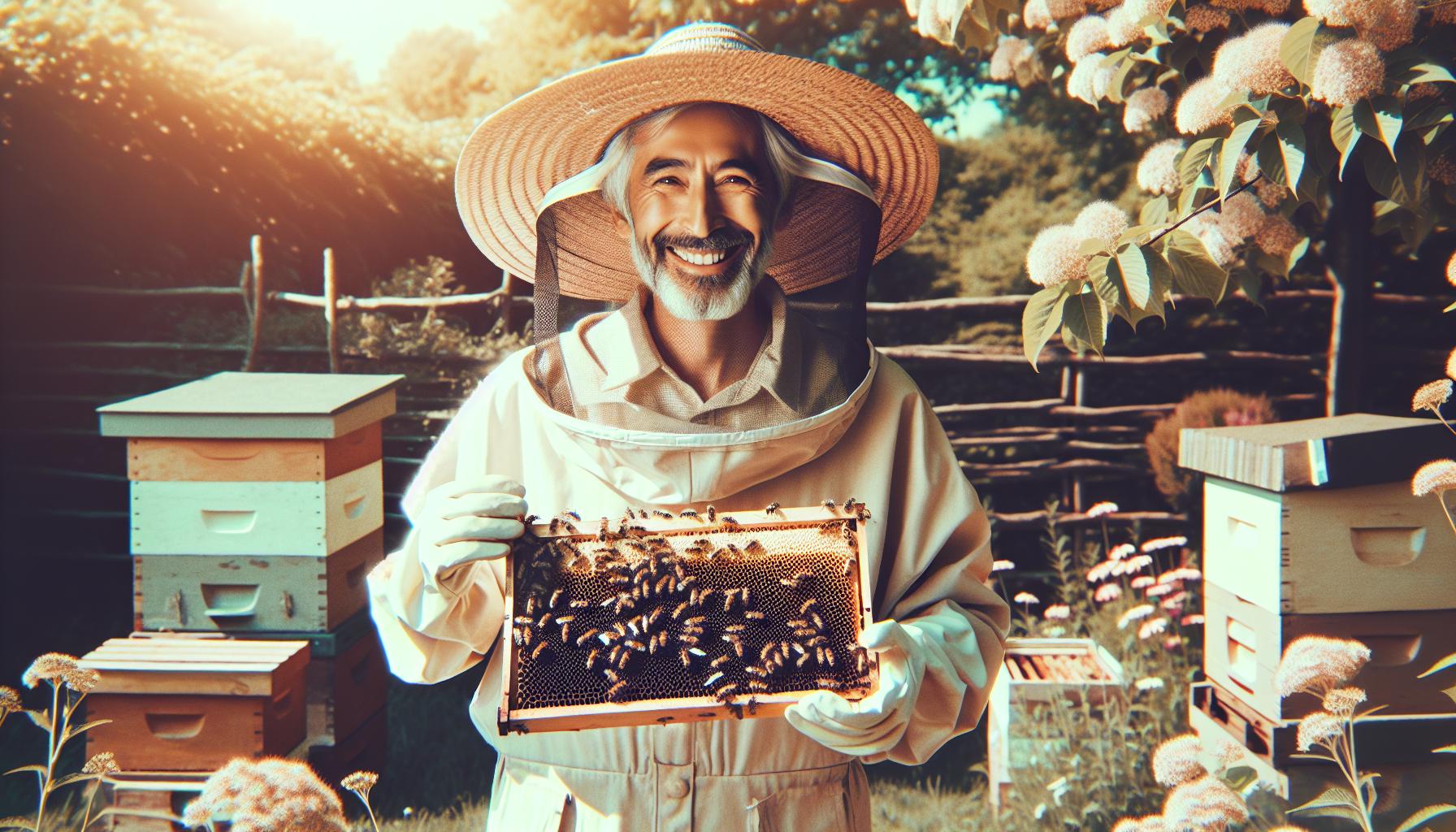
If you’re considering beekeeping, finding the right honey bee box is essential for your s...
Read more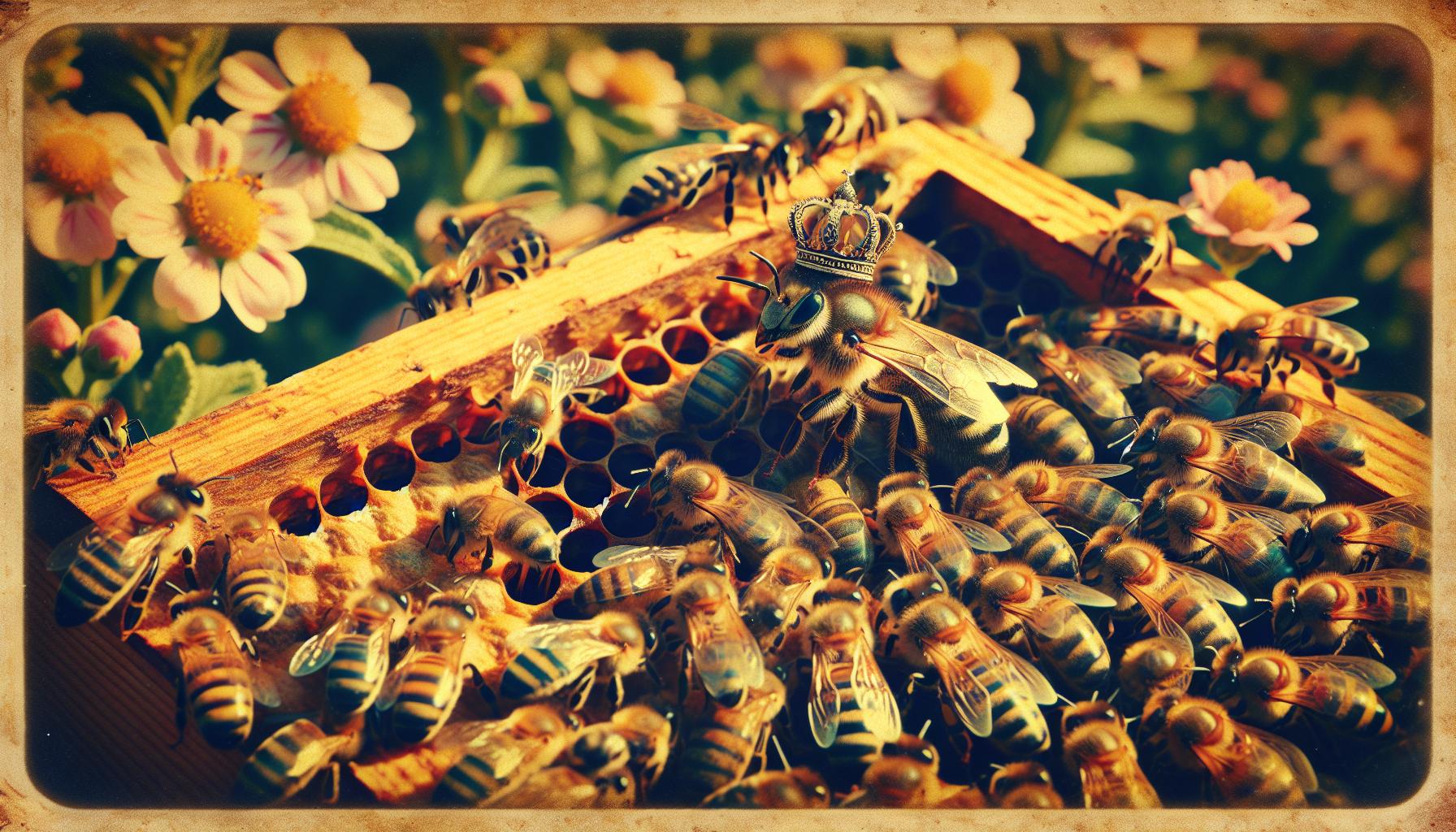
If you're looking to boost your beekeeping success, buying a honey bee queen is a crucial step. The q...
Read more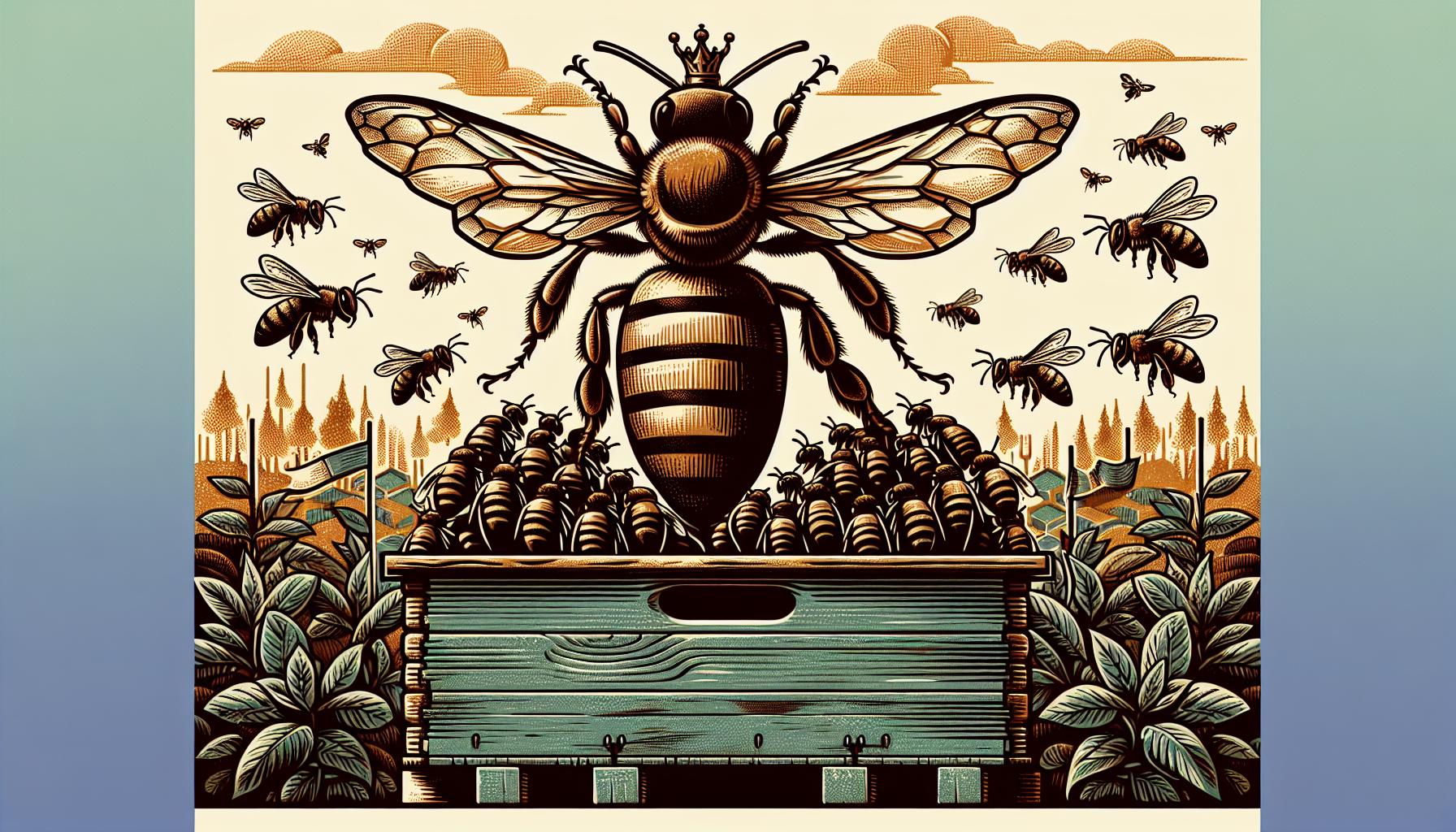
If you’ve ever been curious about the fascinating world of bees, you’re not alone. Queen bees play a crucial role in their colonies, and understanding their importance can deepen your appreciation for these remarkable insects. Whether you’re a seasoned beeke...
Read more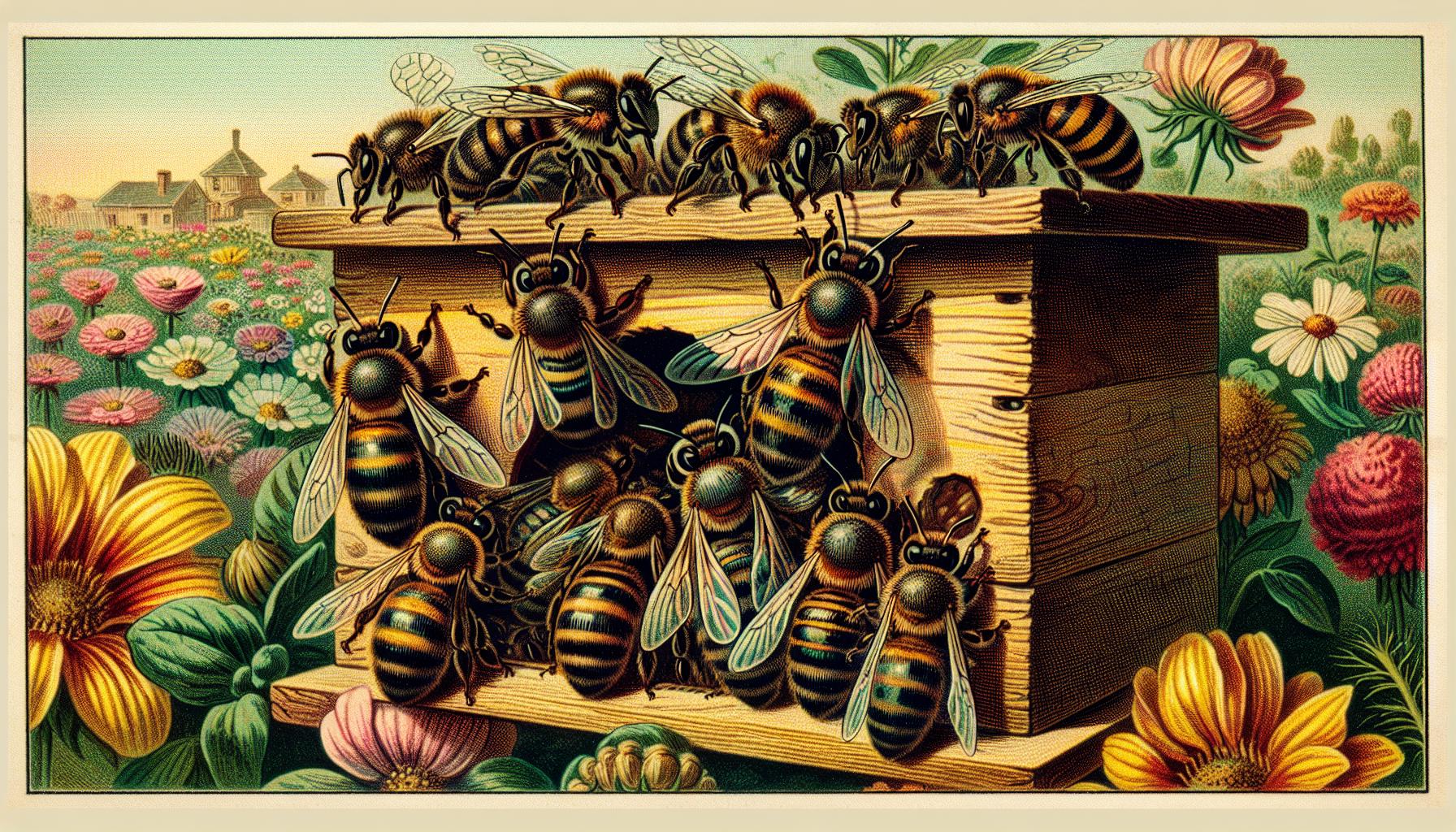
Bees play a crucial role in our ecosystem, serving as pollinators for countless plants and crops. If you're considering starting your own hive or expanding your apiary, you might be interested in the options for purchasing bees and queens. With a growing dem...
Read more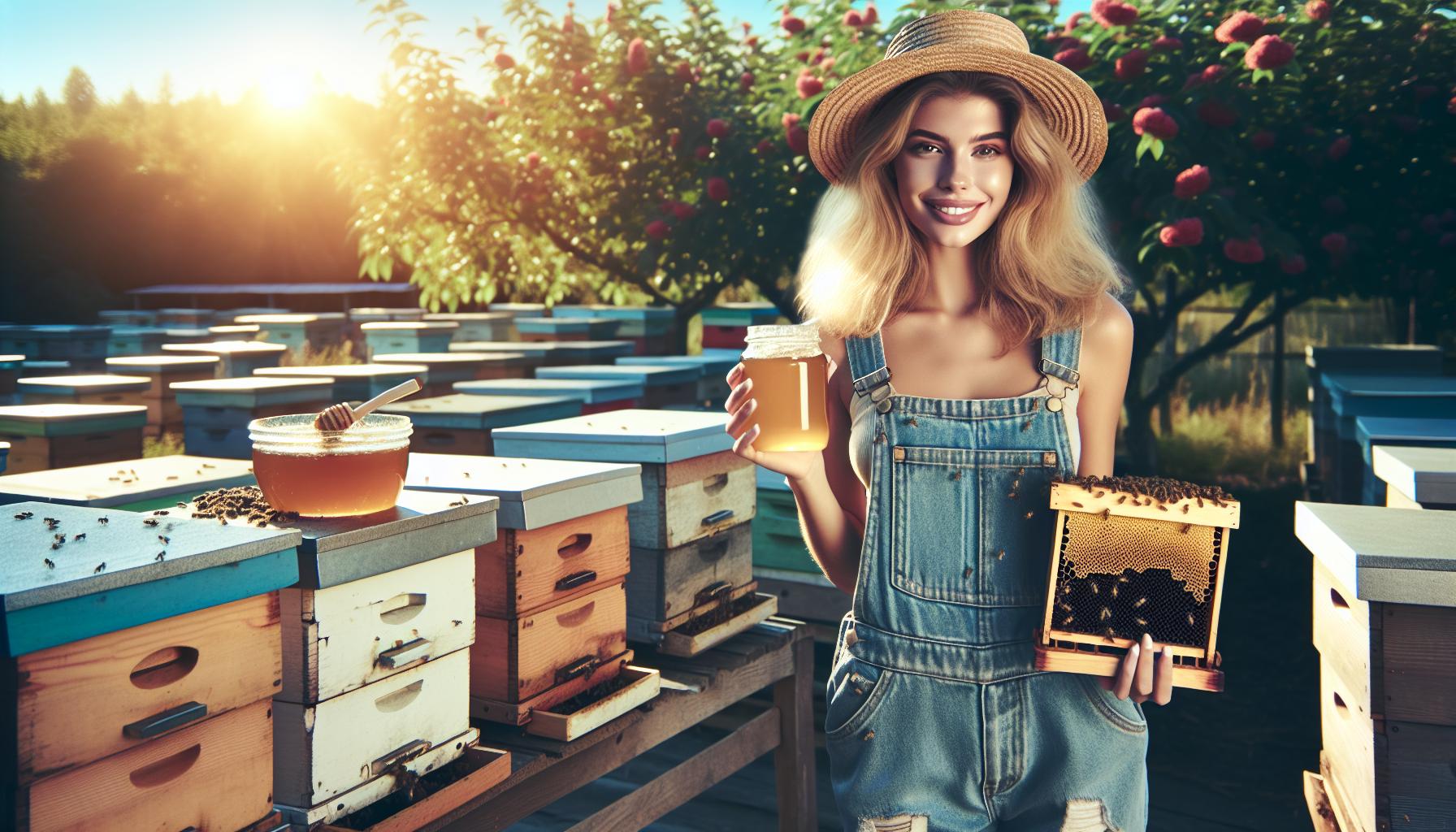
If you’ve ever savored the sweet, golden goodness of honey, you might find yourself curious about where it comes from. Discovering a bee honey farm near you can deepen your appreciation for this natural delight. Not only do these farms offer a unique glimpse...
Read more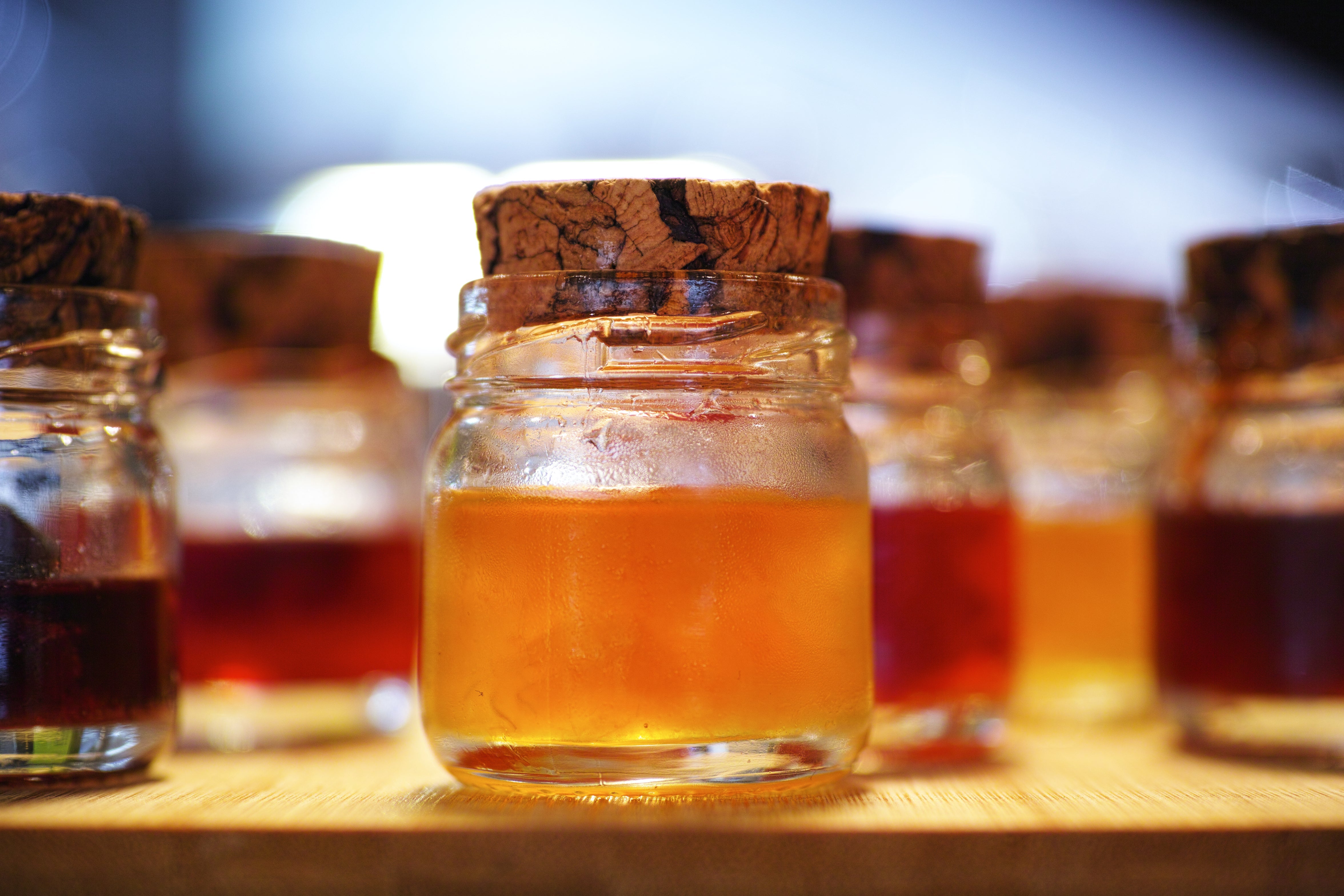
There's something special about local honey. It’s not just a sweet treat; it's a taste of your community, packed ...
Read more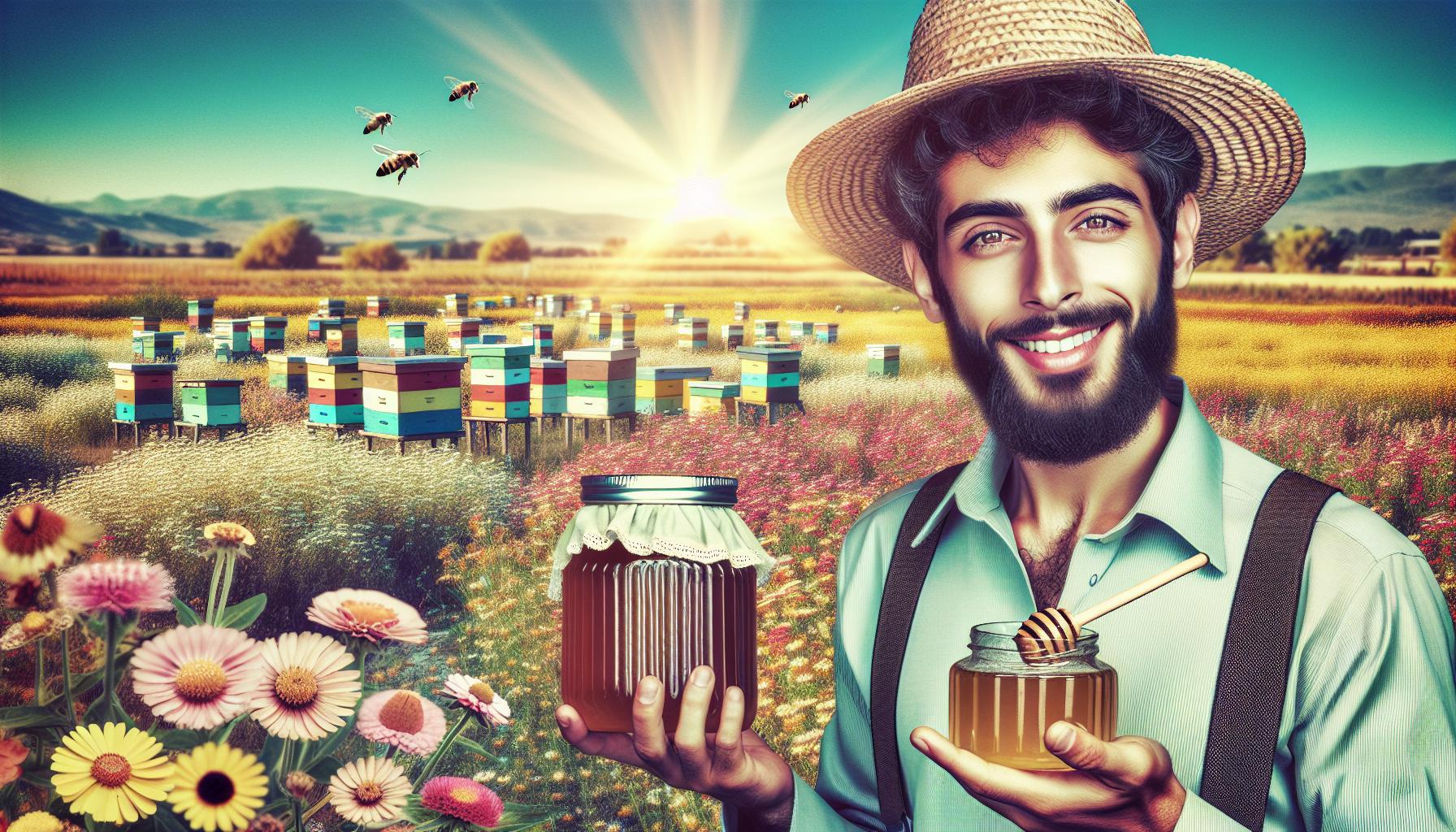
If you’re on the hunt for raw honey, you’re in for a sweet treat. Raw honey not only tastes delicious but also pac...
Read more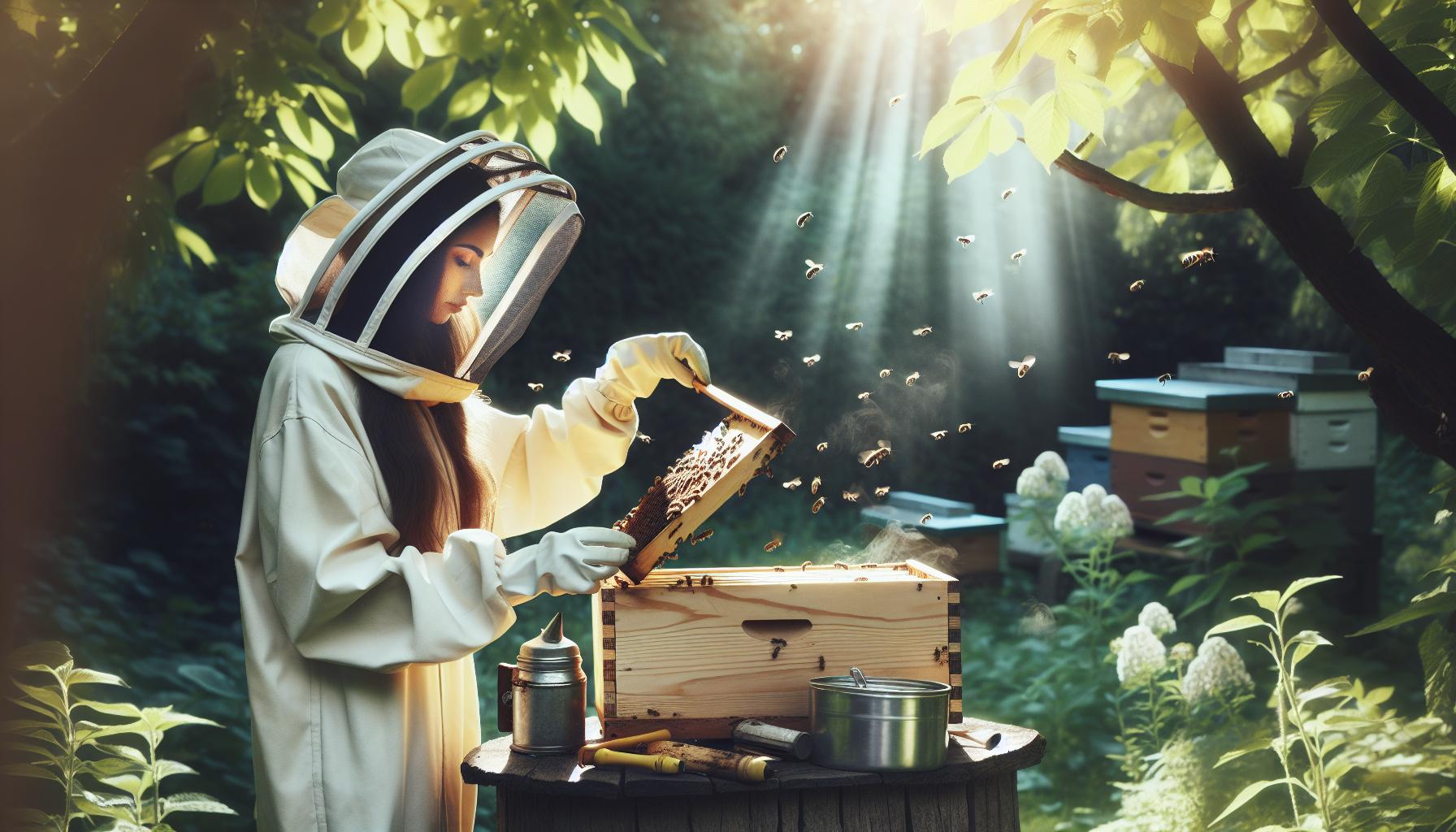
If you're diving into the world of beekeeping, finding the right apiary supplies is crucial for your success. Whether you're a seasoned apiarist or just starting out, having access to quality equipment can make all the difference in maintaining healthy hives...
Read more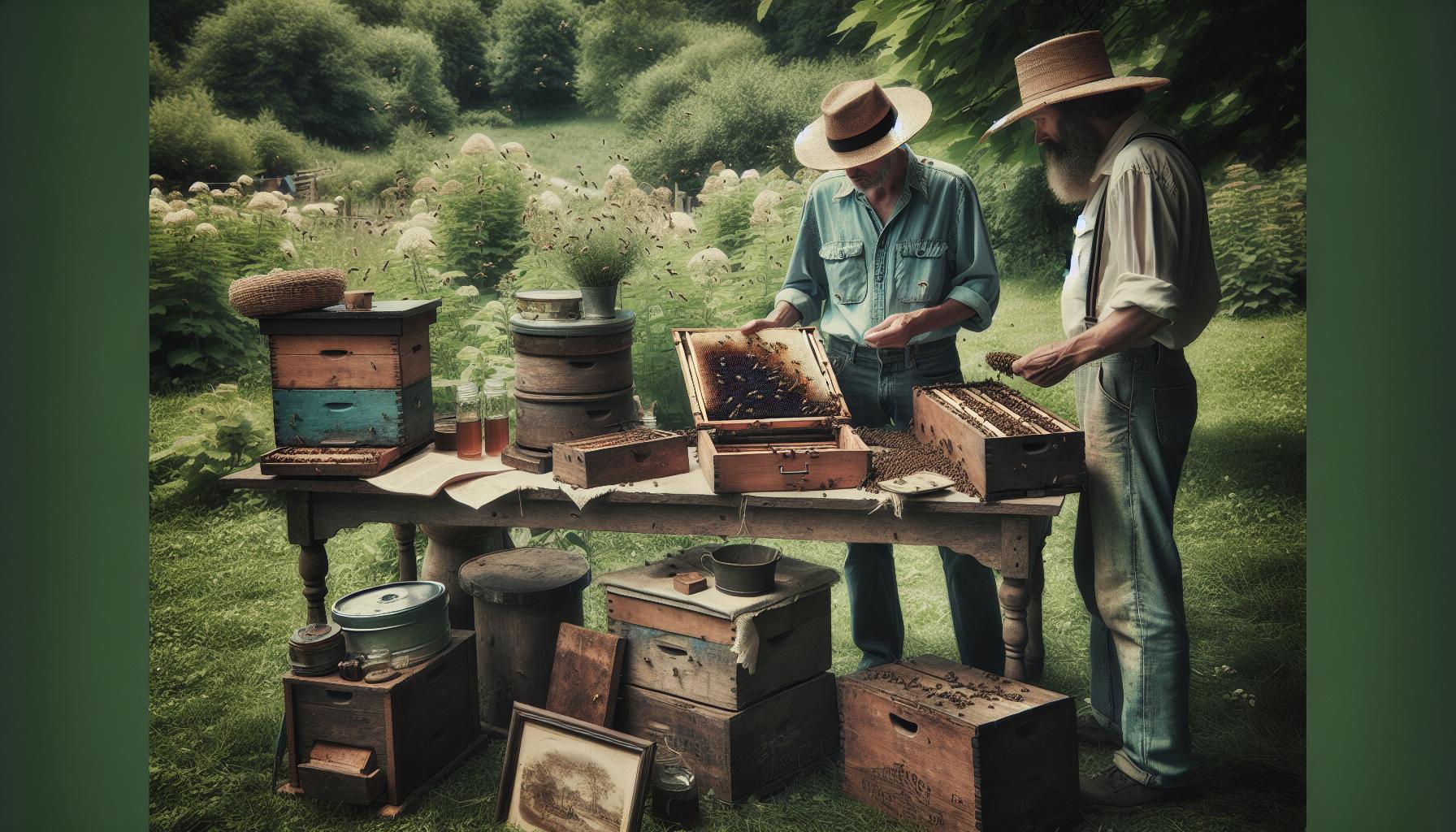
If you’re diving into the world of beekeeping, finding quality equipment at an affordable price can be a game changer. Used Read more
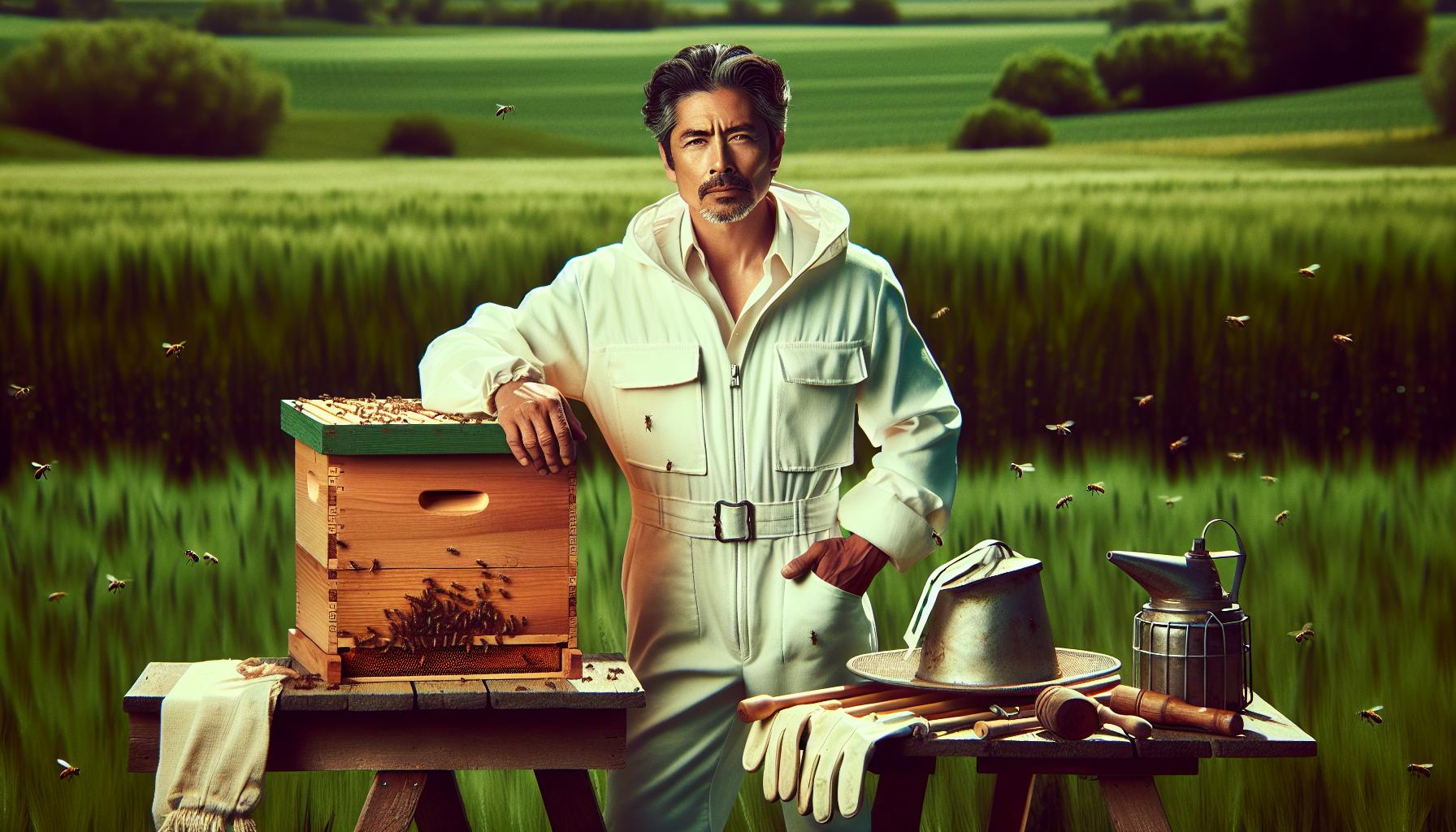
If you're diving into the world of beekeeping, having the right supplies is crucial for your success. Local <...
Read more
